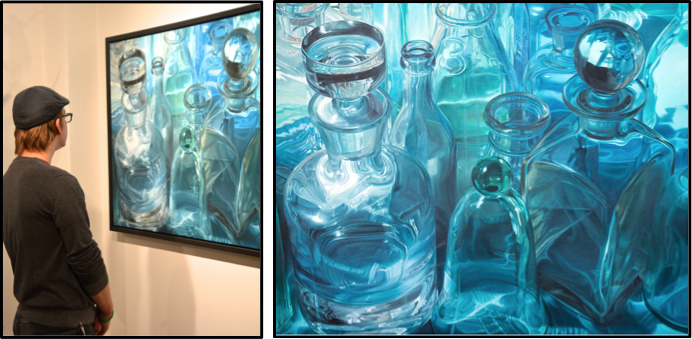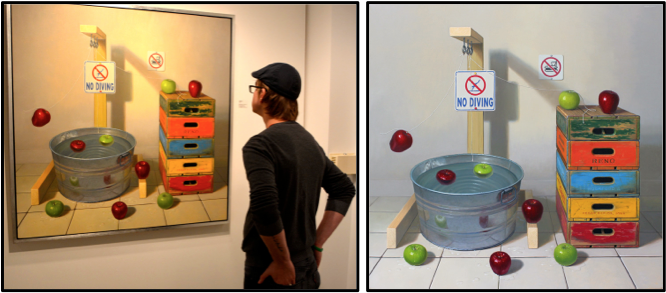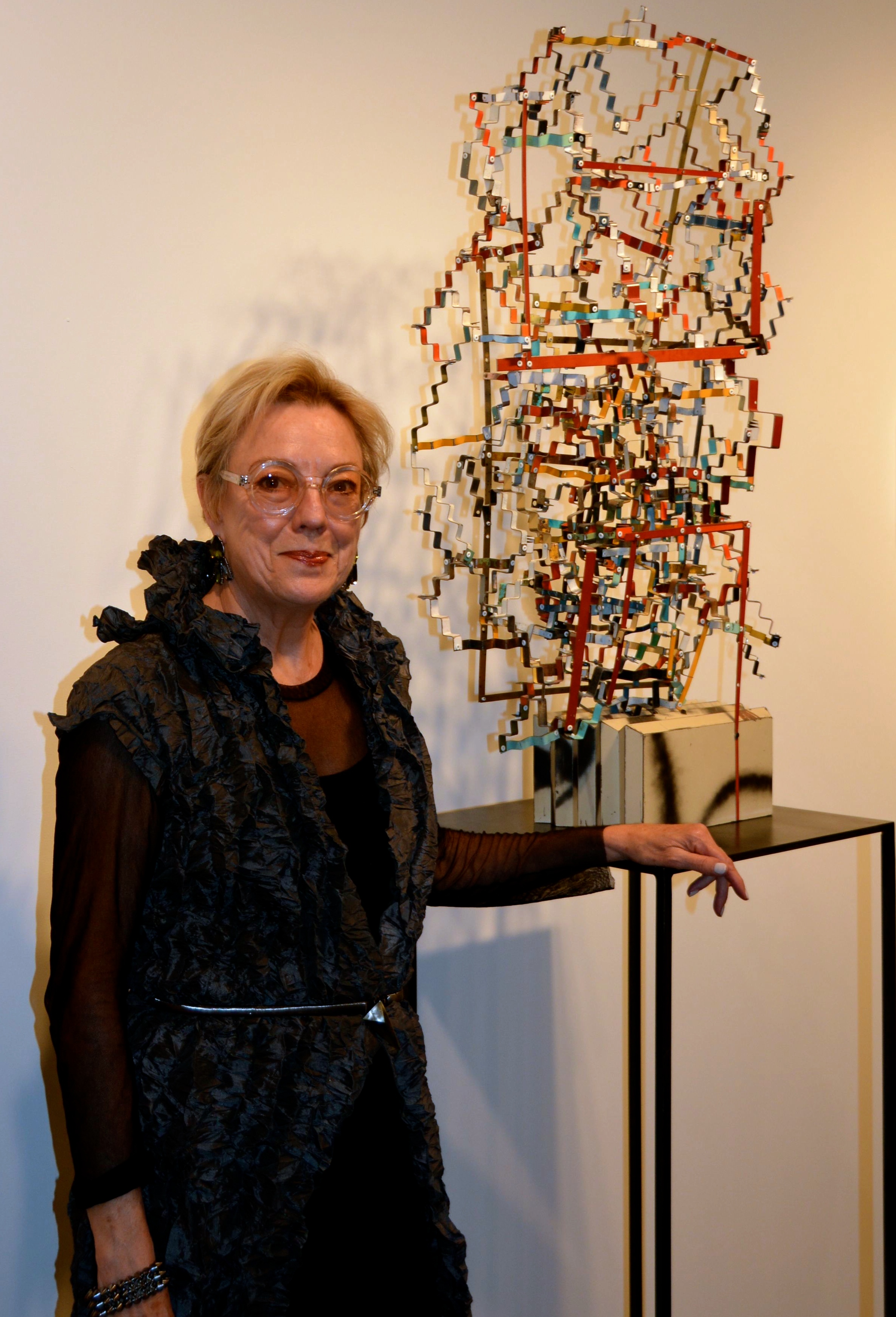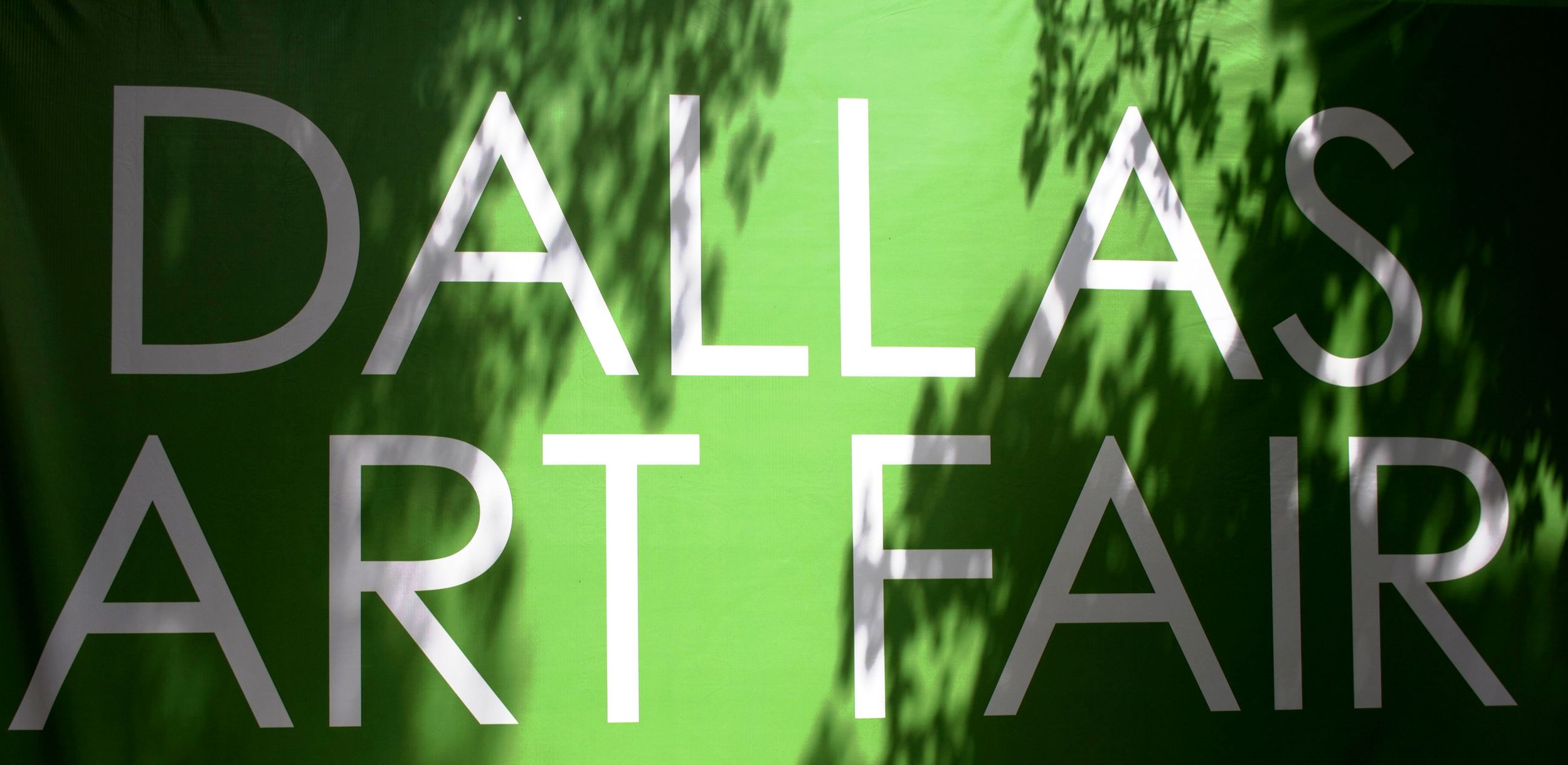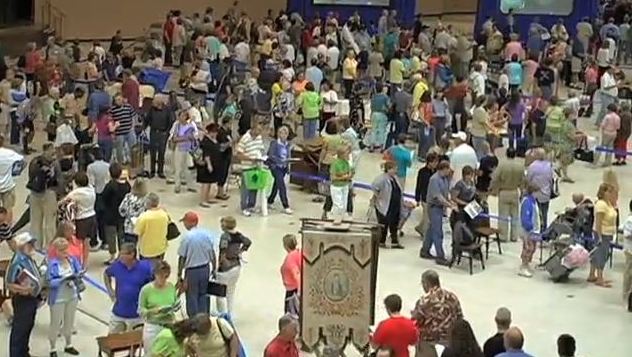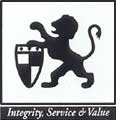Warning: This blog post is going to be about a topic that is somewhat esoteric, the good and bad of Catalogues Raisonné. It is also going to be a bit of a rant. If either of those two caveats doesn’t dissuade you, read on. Hidden within is a book review of one of the best and one of the most frustrating I have recently encountered. If you just want the book review part, skip down a few paragraphs ..... Just trying to be helpful to readers. A bit of background… appraisers collect lots of books on art. The longer one is in the field, the more crammed one’s library becomes and the pickier one becomes about adding new reference books, especially in a day when so much information is becoming accessible online. My library reached capacity several years ago. That doesn’t mean I stopped buying books. But it does mean I really assess closely the utility of a new reference book before pulling the trigger. A few years ago, I had a water damage incident that reached the doorway of my office but gratefully did not cross the threshold. Unfortunately, all the flooring had to be torn up and replaced. So, all the books had to be packed, carted away, stored and reinstalled. I used that situation to address office configuration and added lots more bookshelves. But, those quickly filled up as well. All of this to say, I am only interested in acquiring the most comprehensive book on any given artist, which translates to the catalogue raisonné on that artist.
For those who don’t know, a catalogue raisonné is an author’s attempt to list and describe every work an artist has done in a given medium. The CR is the author’s attempt at a thorough examination of all known pieces by that artist in the medium covered. Important artists who work in multiple media might have a CR for paintings, one for prints and one for sculpture. CRs can be many volumes. They are normally organized chronologically but can be organized by particular subjects. But the one quality that all good CRs share is comprehensiveness. At the very least, a CR should have a complete list of known works in that medium and good pictures of each piece. The best CRs have wonderful additional information – ownership history, exhibition history, cross-referencing of the artist’s biographical information with the known works in order to better understand that course of the artist’s progress, etc.
The utility of a good CR to an appraiser is clear. If I am working on an appraisal of a given painting by a well-known artist and want to know whether it is an accepted piece within the artist’s oeuvre, the first place to check is the latest CR. That author or group of authors has usually put years into examining the artist’s work and gathering information on all known pieces. CRs are, by their nature, limited to the known works. Almost the minute a CR goes to press, new works surface from various private collectors who were not aware of the production of the CR and whose paintings have been hidden in private collections for generations. So, supplements and addenda to the catalogues are common.
Imagine my excitement then, when I happened on Charles M. Russell-A Catalogue Raisonne published in 2007 with a descriptive listing promising that book owners would be given a Key Code allowing them access to the online CR. I imagined that this online edition of the CR would be where newest updates would be reported, newly discovered and accepted works reported, further research on individual pieces tracked. I fully expected that in purchasing the book I would be getting a comprehensive CR plus the online updates. Bonus!
I bought the book several months ago, put it on the shelves to languish until I needed to reference it for an appraisal. I admit that I did not peruse it until the latest appraisal came up. I am working on valuing two known paintings by Russell. The authenticity of the works is not in question. So, I plopped open the book and began looking through the Contents page for the comprehensive listing. Not there. I flipped back to the Index and searched by title. Not listed. What? I flipped back to the Contents page to see if I missed something. The book consists of a few good essays on the artist’s life and work, each illustrated with color images from Russell’s work, a section of large color plates that, as far as I could tell, are randomly selected. These plates are not listed chronologically or by topic. It’s just a section of pretty pictures. When I did go to the online listing and search by title, there was a brief listing of each of my client’s paintings and a good picture. No additional information. I got nothing more from this resource than the facts I already knew. What a researcher looking at an undated painting or one where she did not have the title at hand would do is beyond me. Even online, the works are segmented into year batches. You can search by year, by medium and by subject. But if the system does not like your query it throws you into the wheel-of-death limbo and you best restart the search. Bottom line --- Charles M. Russell-A Catalogue Raisonne is a coffee table book, not a catalogue raisonné. Even with the addition of the online access, the material is organized in such a frustrating way that I cannot recommend this book.
Not sure where this project went off course. I had high hopes for the book, in part because one of the contributing editors, Peter Hassrick, is a well-known expert on Russell and a co-author to one of the best-written CRs I own, the two-volume Frederic Remington- A Catalogue Raisonne. The Remington book is everything that the Russell book is not—comprehensive, catalogued by date, incredibly well researched. Odd that in the world of late 19th-early 20th C. western art where Russell and Remington are constantly compared, a look at their CRs would bring up the same comparisons. But, if your shelves are as cramped as mine, buy the Remington CR and leave the Russell one for the amateurs.





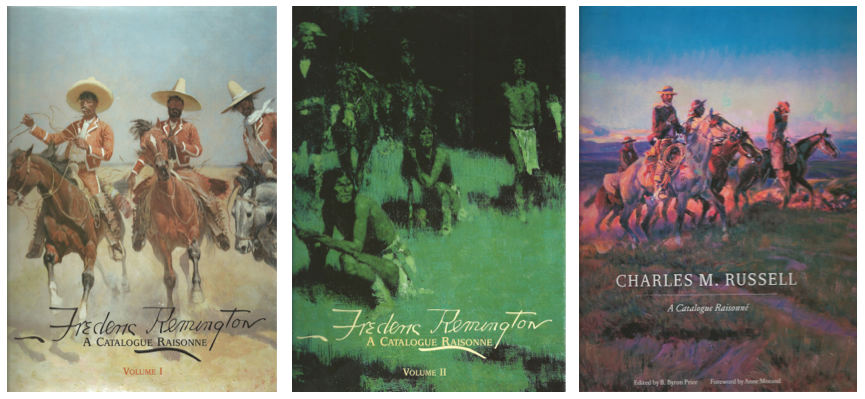
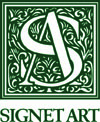
 A few months ago I got an email notification for the Foundation for Appraisal Education’s (FAE) annual seminar. The speakers sounded intriguing and the chance to escape the Texas heat for a few days in the San Francisco Bay area made the attendance enticing. Yes, I assumed we would be busy with work and would have to set things aside for a few days, but appraisers are just human. We need rest, relaxation and inspiration like other mere mortals. So, I signed us up. The ‘us’ included my able assistant Matthew Callender, our respective spouses, and myself. Why not combine a few days learning with a few days of R & R over the weekend?
We landed at SFO to a cloudless day and temperature of 72°--already a mood shifting change for the better. Don’t get me wrong, as a native of Texas I am a big booster of our state, but even I know that anyone with brains and money tries to leave Texas for cooler climates in the middle of the summer. Most of this summer has been mild but I have been clinging to the hope of this trip in order to get through the last few weeks of sweltering weather. We made our way to Alameda across the bay and checked in. Then made our way to the opening reception of the conference, hosted this year by Michaan’s Auction house.
A few months ago I got an email notification for the Foundation for Appraisal Education’s (FAE) annual seminar. The speakers sounded intriguing and the chance to escape the Texas heat for a few days in the San Francisco Bay area made the attendance enticing. Yes, I assumed we would be busy with work and would have to set things aside for a few days, but appraisers are just human. We need rest, relaxation and inspiration like other mere mortals. So, I signed us up. The ‘us’ included my able assistant Matthew Callender, our respective spouses, and myself. Why not combine a few days learning with a few days of R & R over the weekend?
We landed at SFO to a cloudless day and temperature of 72°--already a mood shifting change for the better. Don’t get me wrong, as a native of Texas I am a big booster of our state, but even I know that anyone with brains and money tries to leave Texas for cooler climates in the middle of the summer. Most of this summer has been mild but I have been clinging to the hope of this trip in order to get through the last few weeks of sweltering weather. We made our way to Alameda across the bay and checked in. Then made our way to the opening reception of the conference, hosted this year by Michaan’s Auction house.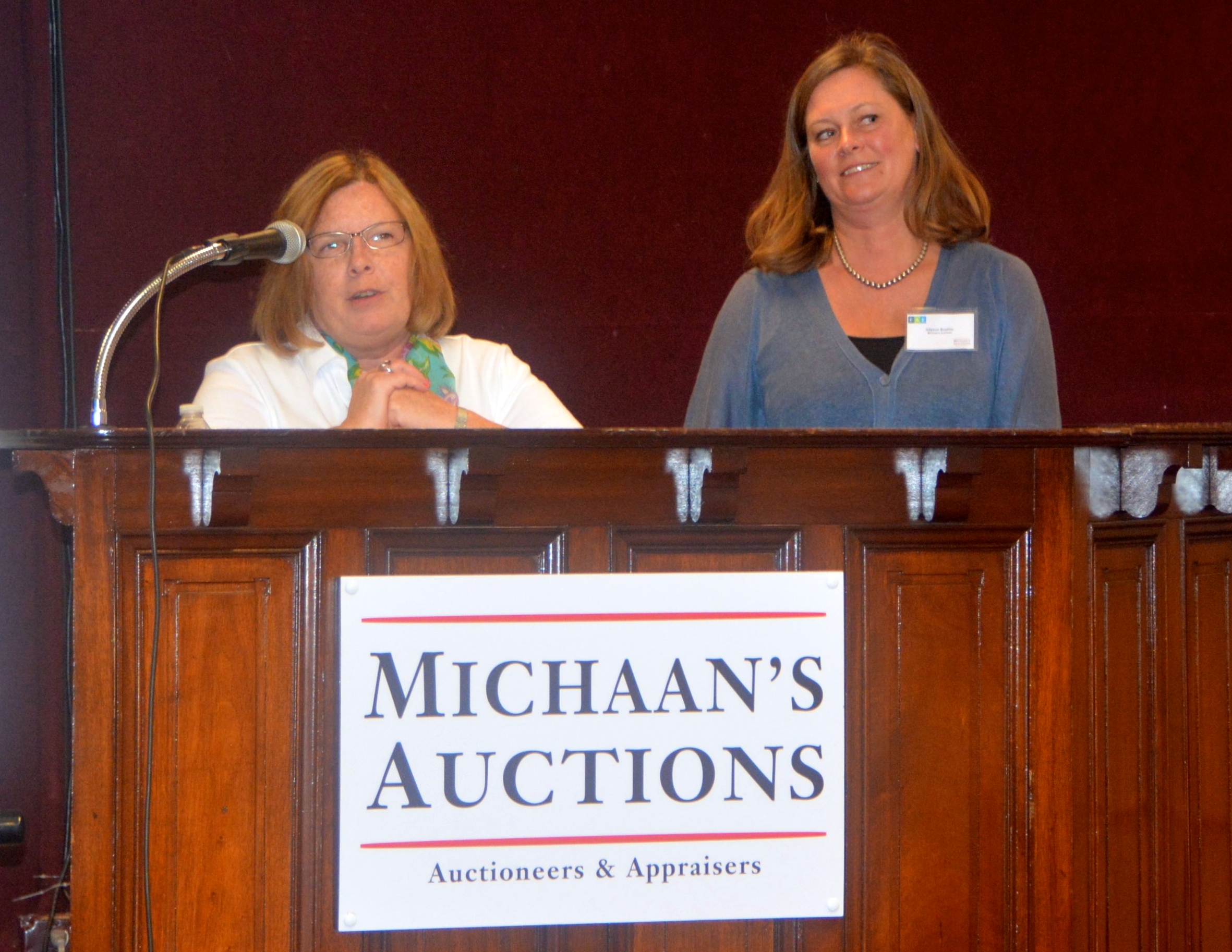

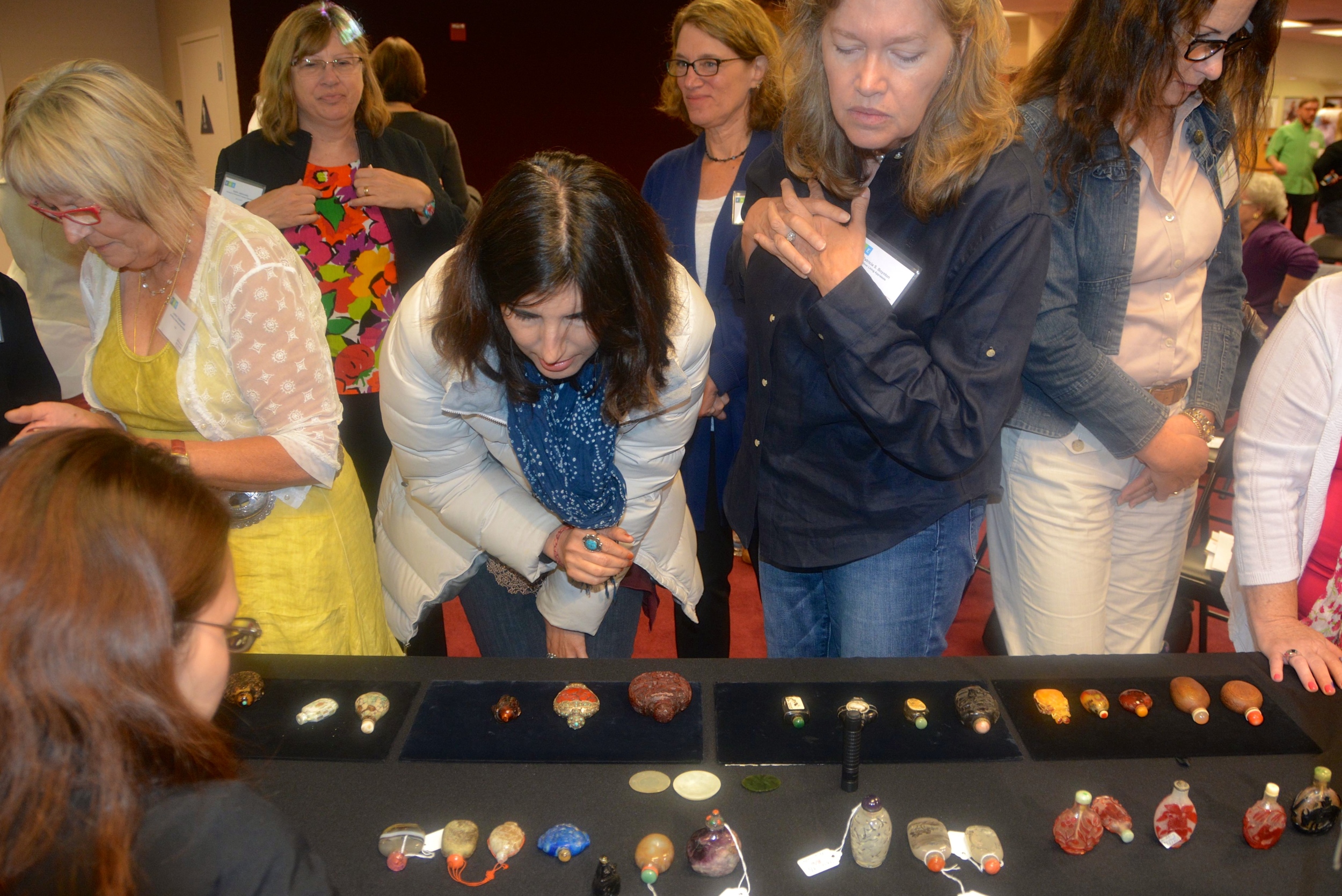
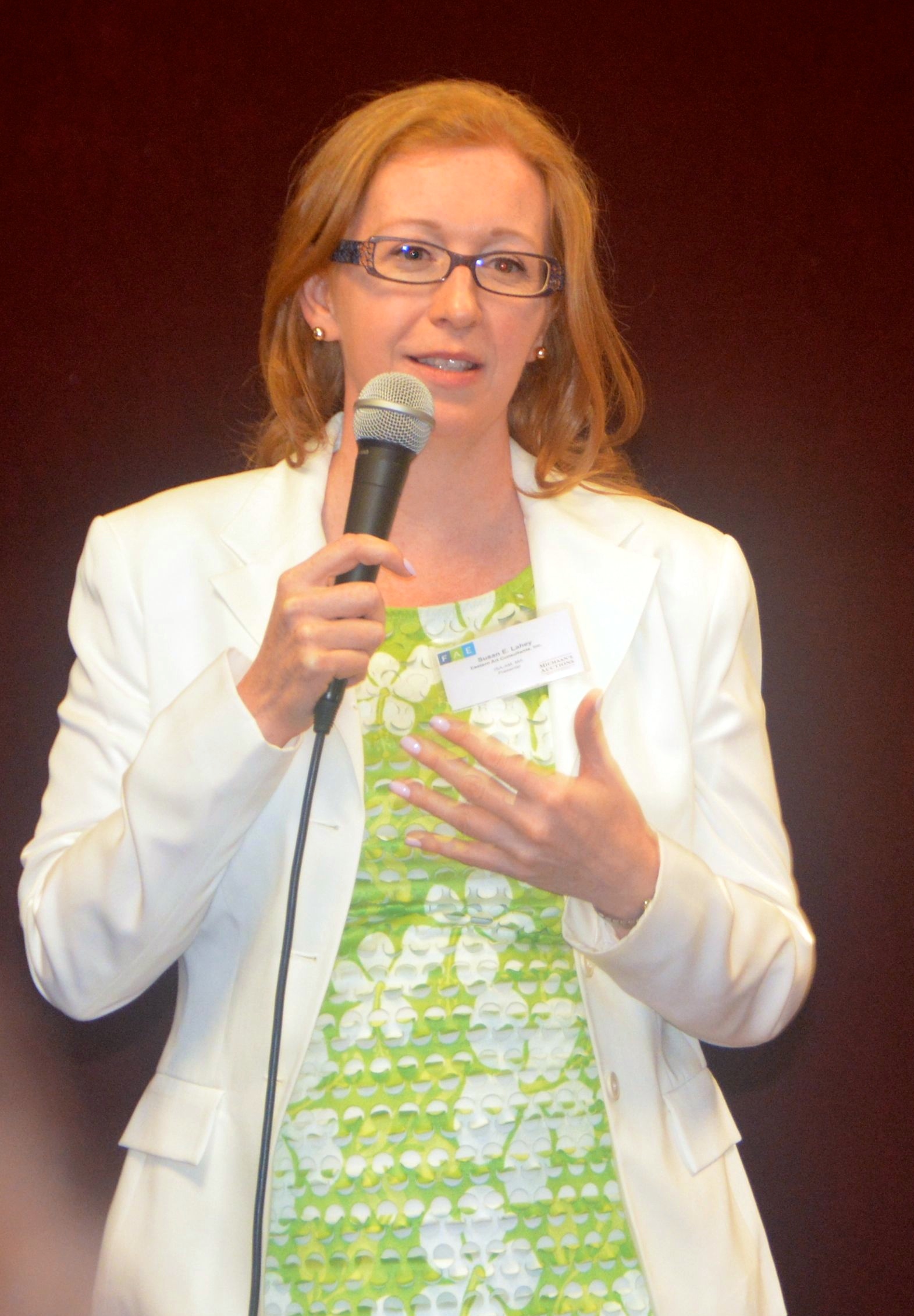
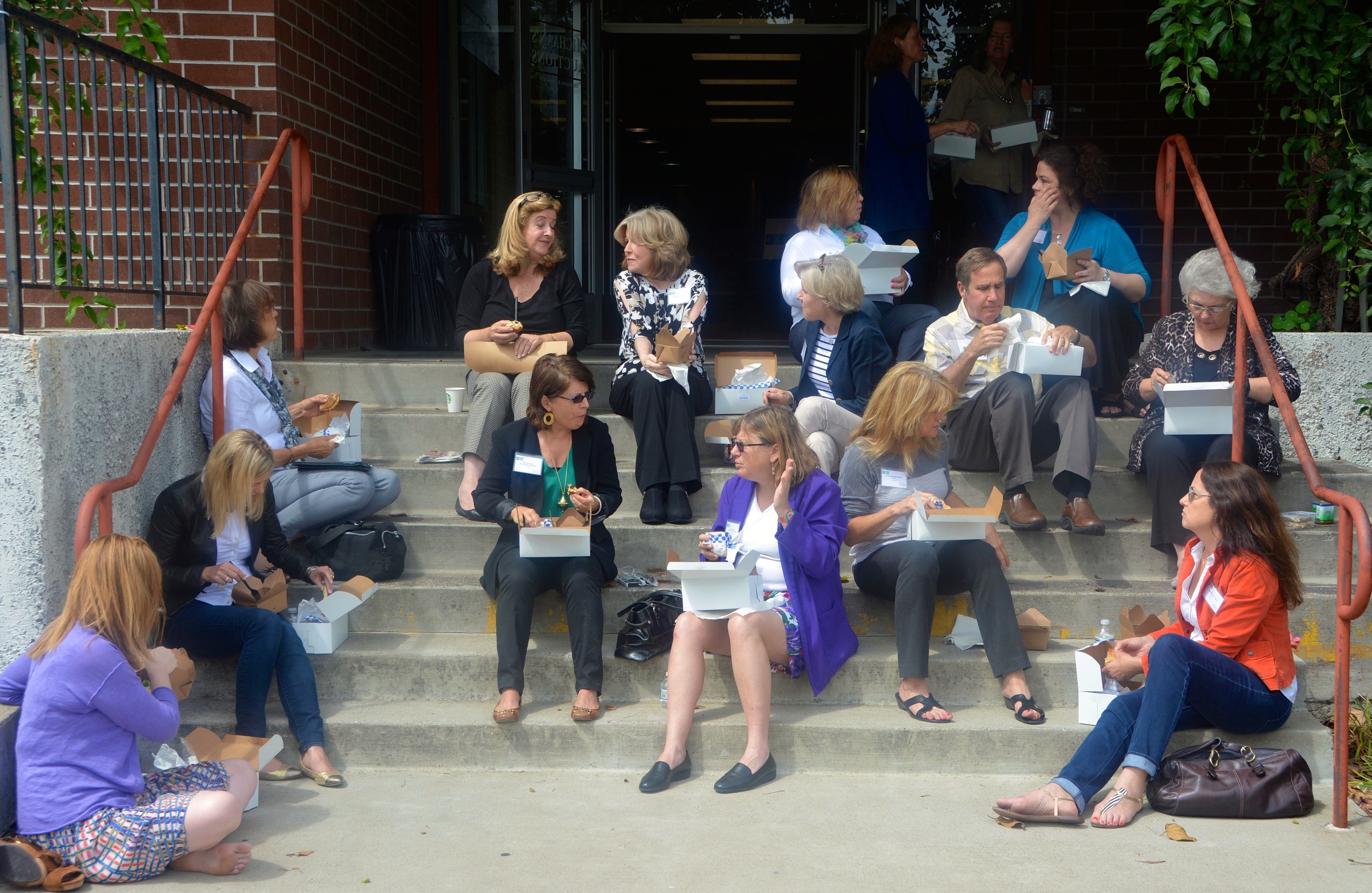
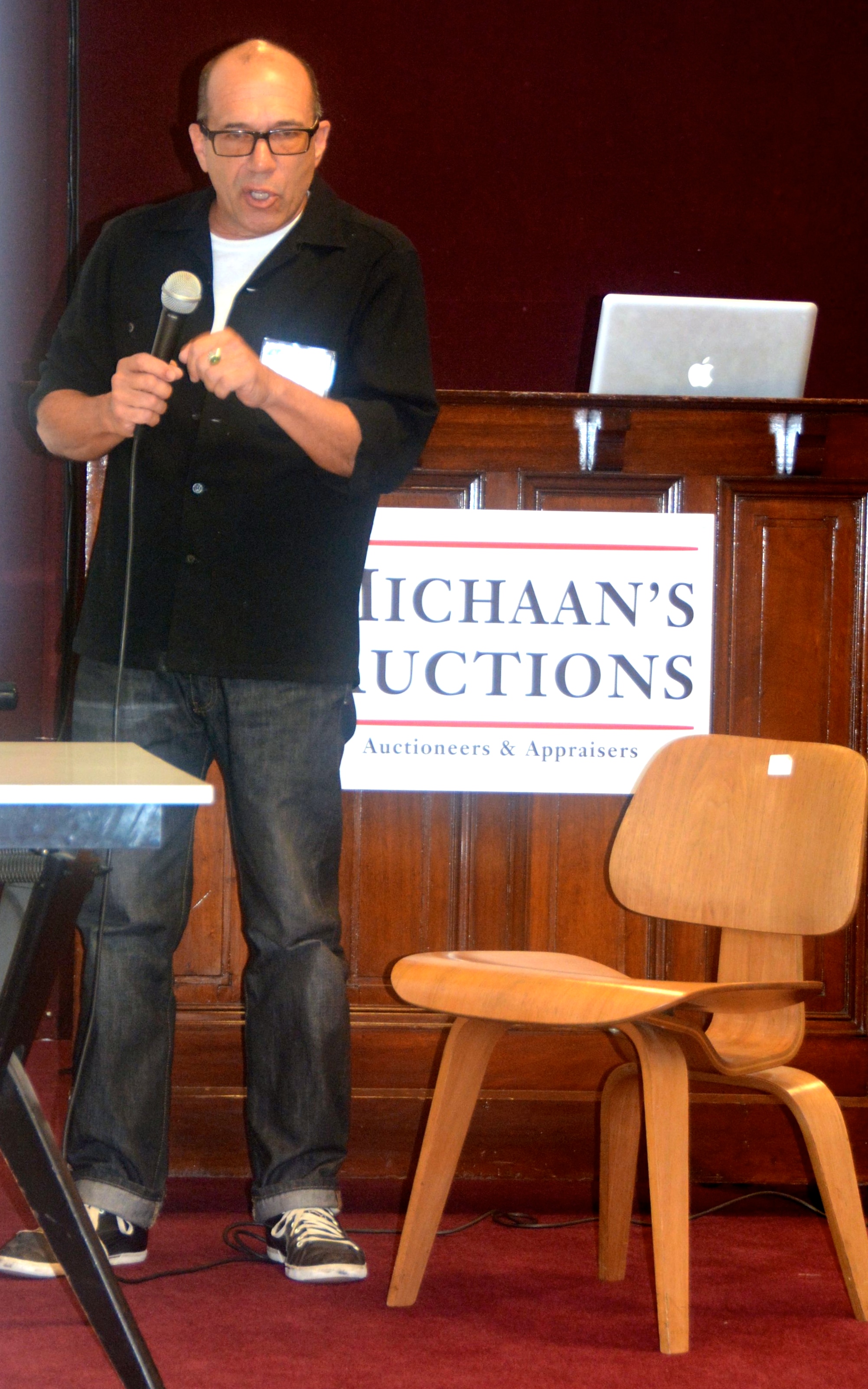
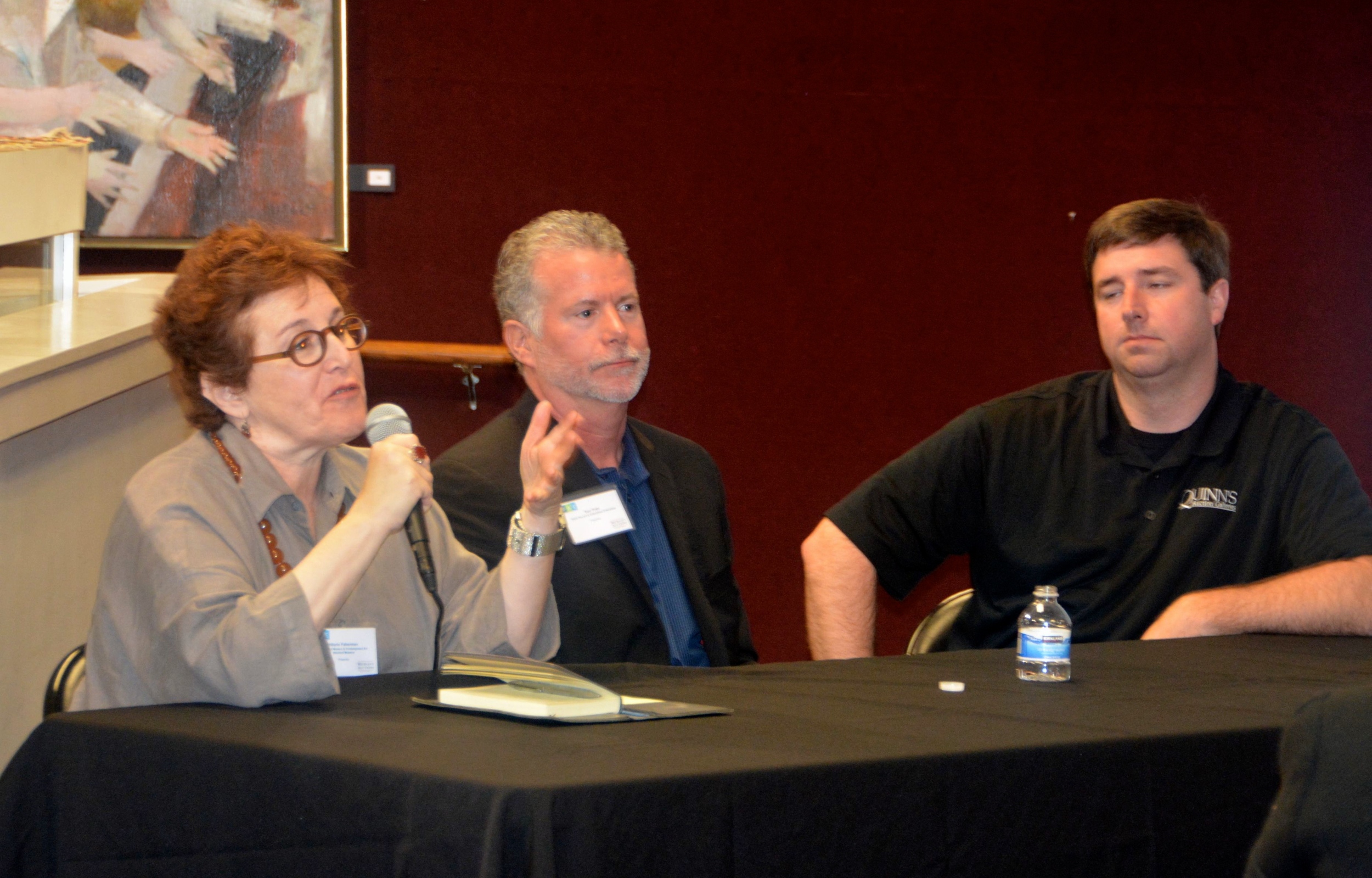
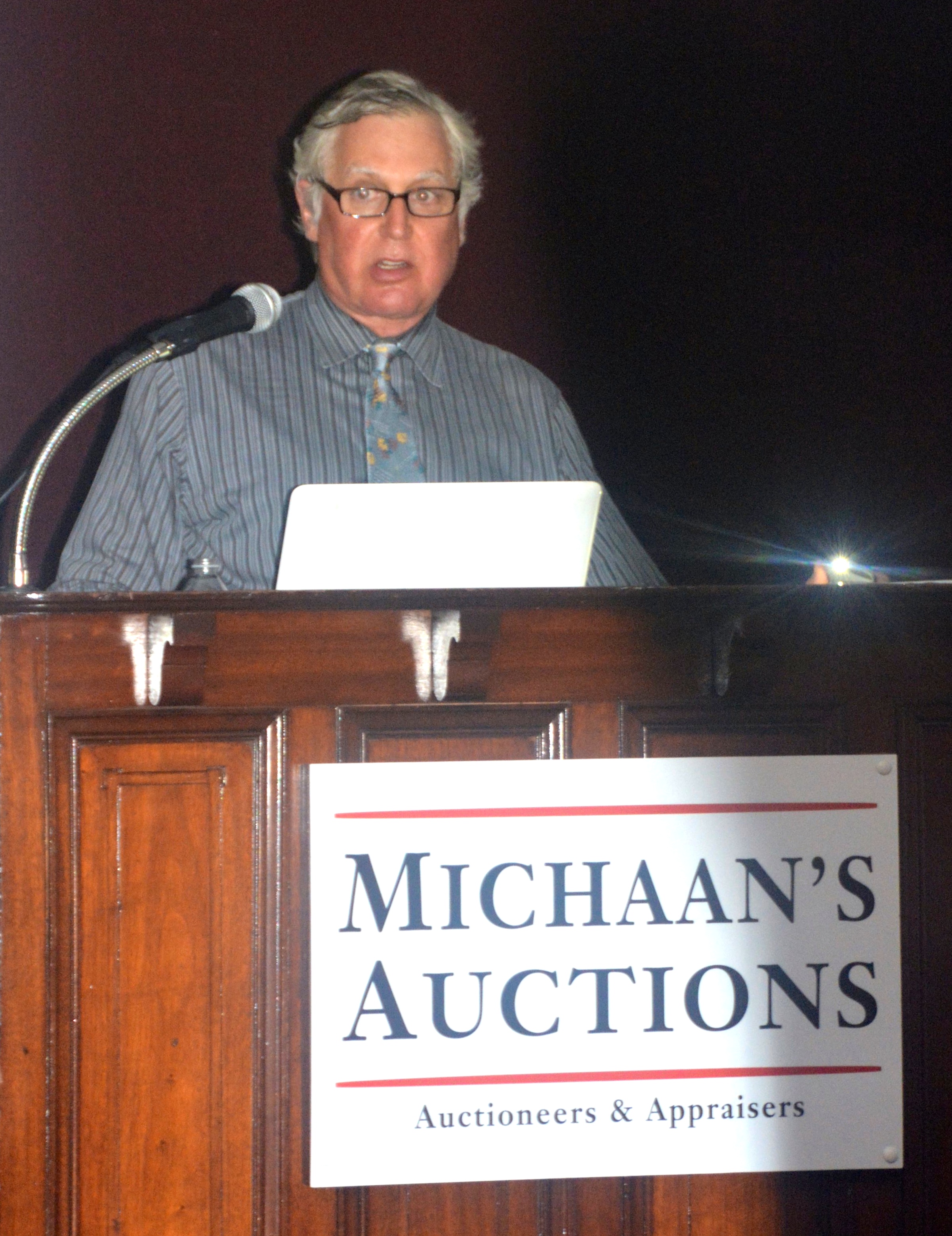
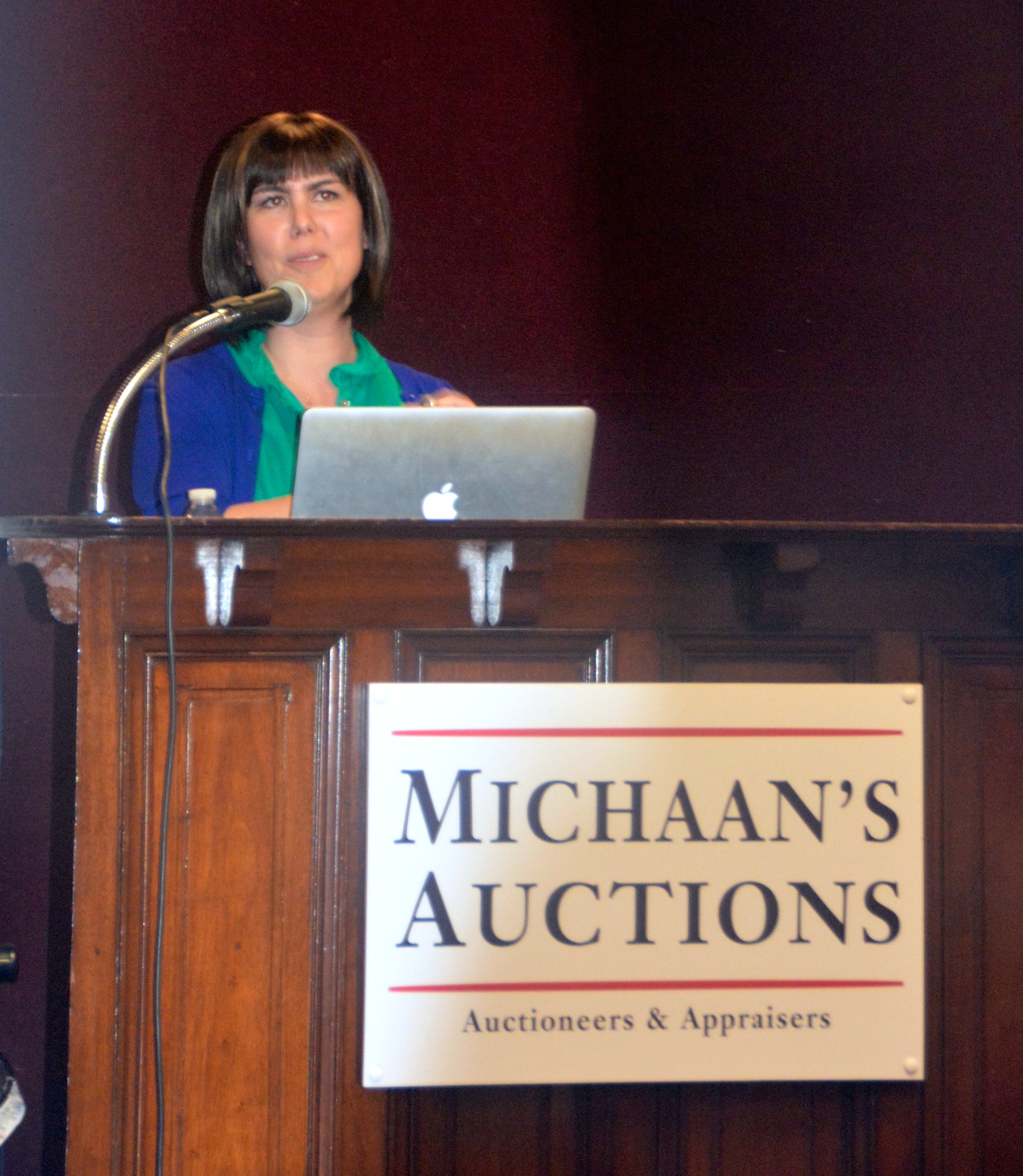
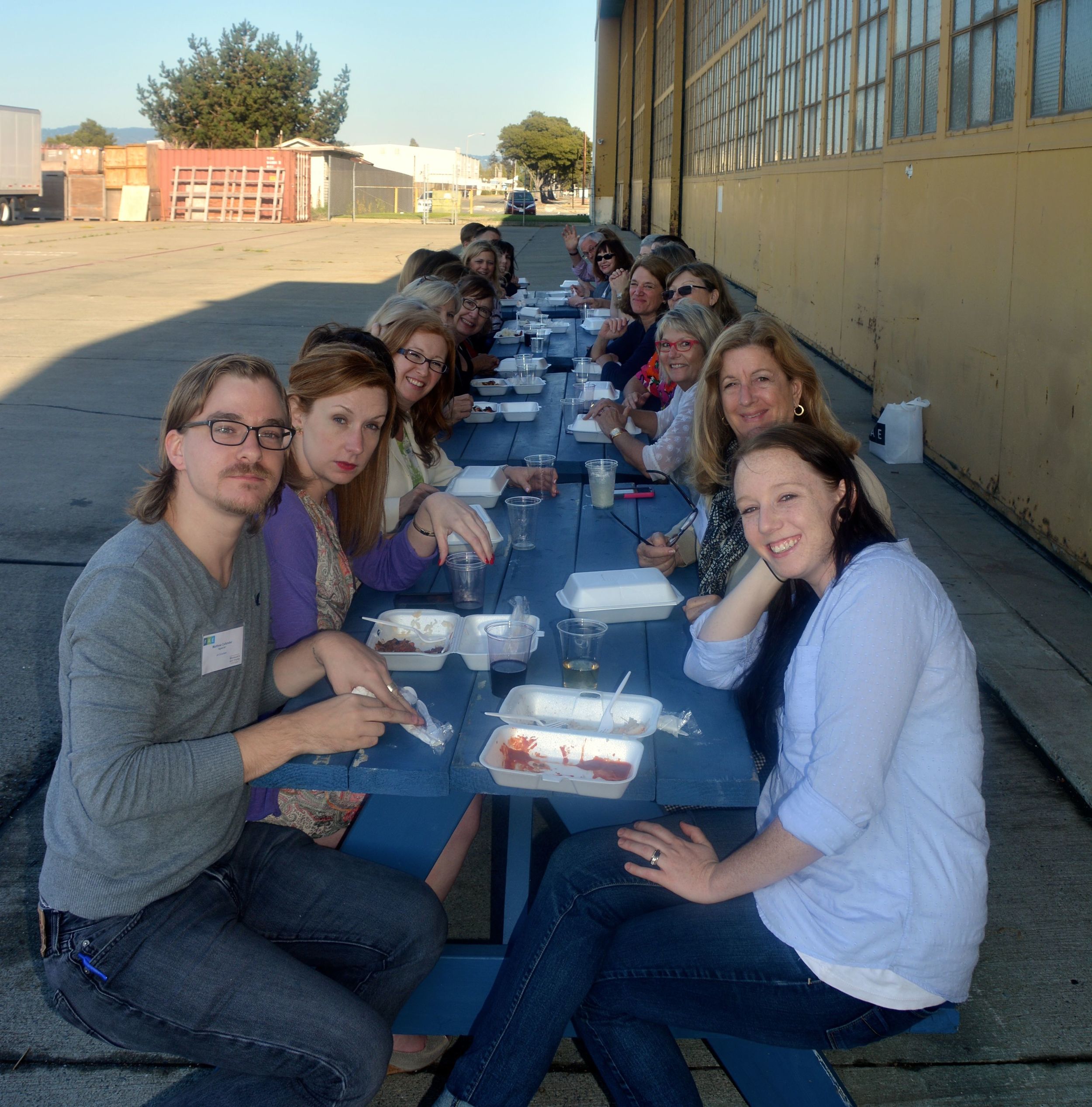
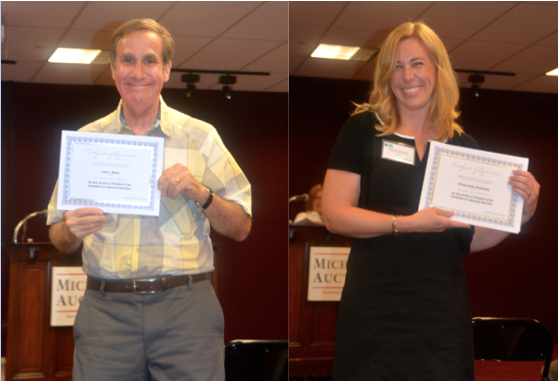
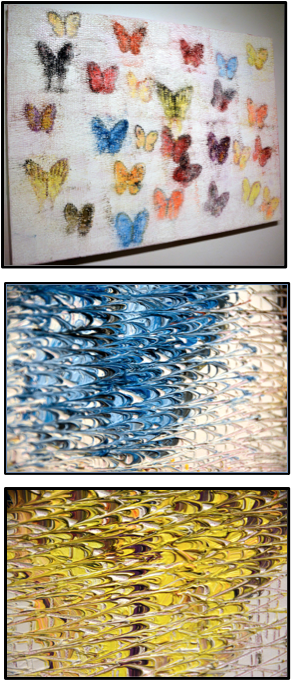 As I spent the afternoon walking through the galleries and snapping photographs, the necessity of experiencing contemporary art in person made itself readily apparent – as it always does. One just cannot get the full effect without being in the same room as the artwork, actually sharing the space and appreciating its scale, dimension, use of paint….the spectator has to engage with the result of all these factors. Photographs just don’t do justice.
As I spent the afternoon walking through the galleries and snapping photographs, the necessity of experiencing contemporary art in person made itself readily apparent – as it always does. One just cannot get the full effect without being in the same room as the artwork, actually sharing the space and appreciating its scale, dimension, use of paint….the spectator has to engage with the result of all these factors. Photographs just don’t do justice.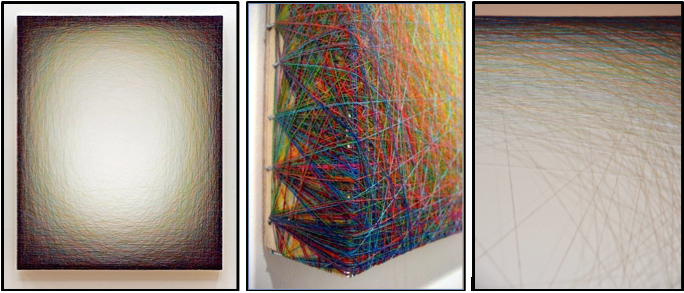
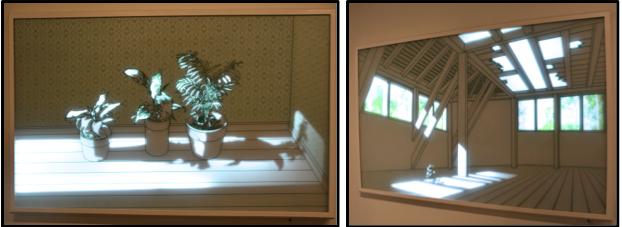

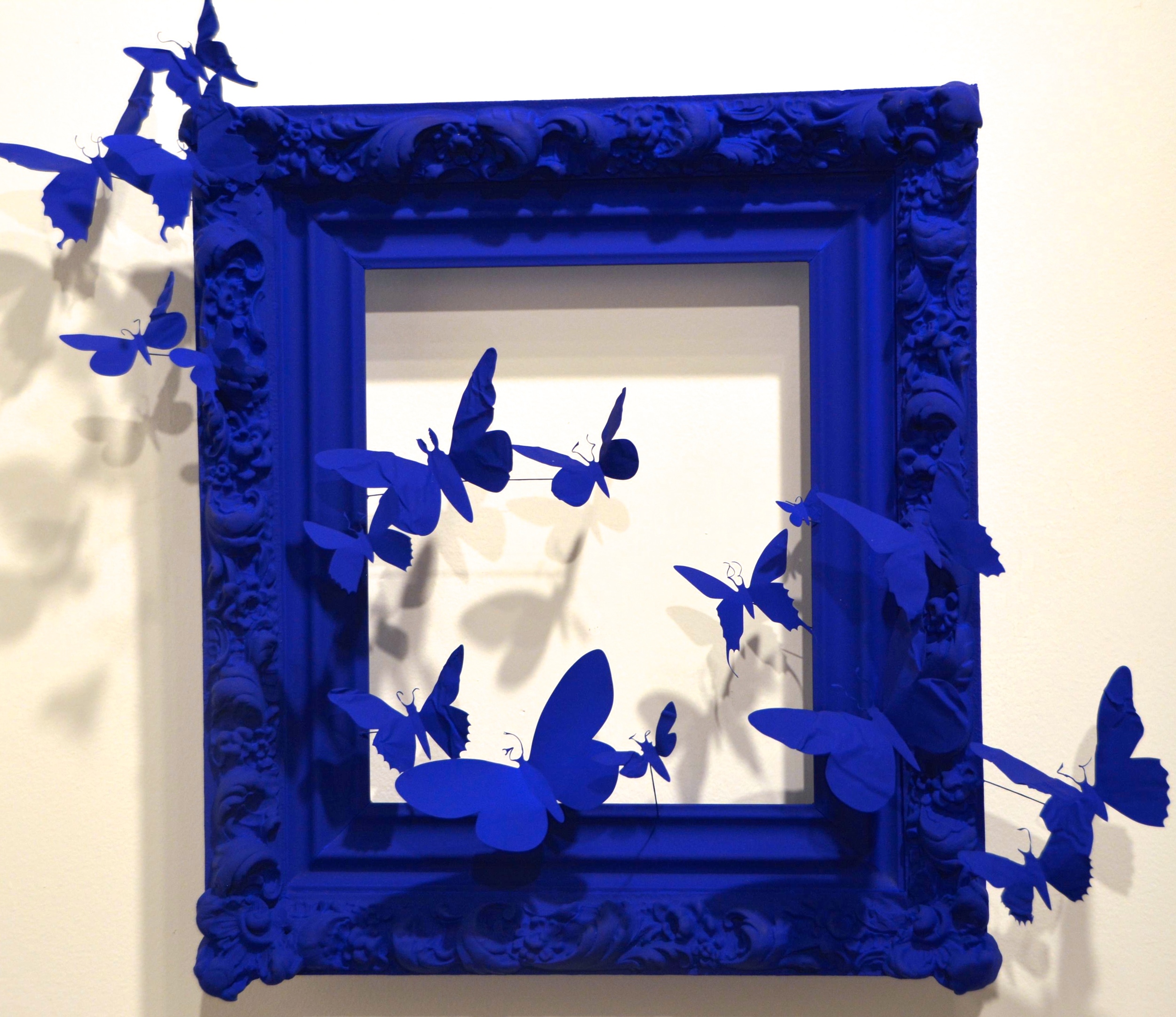
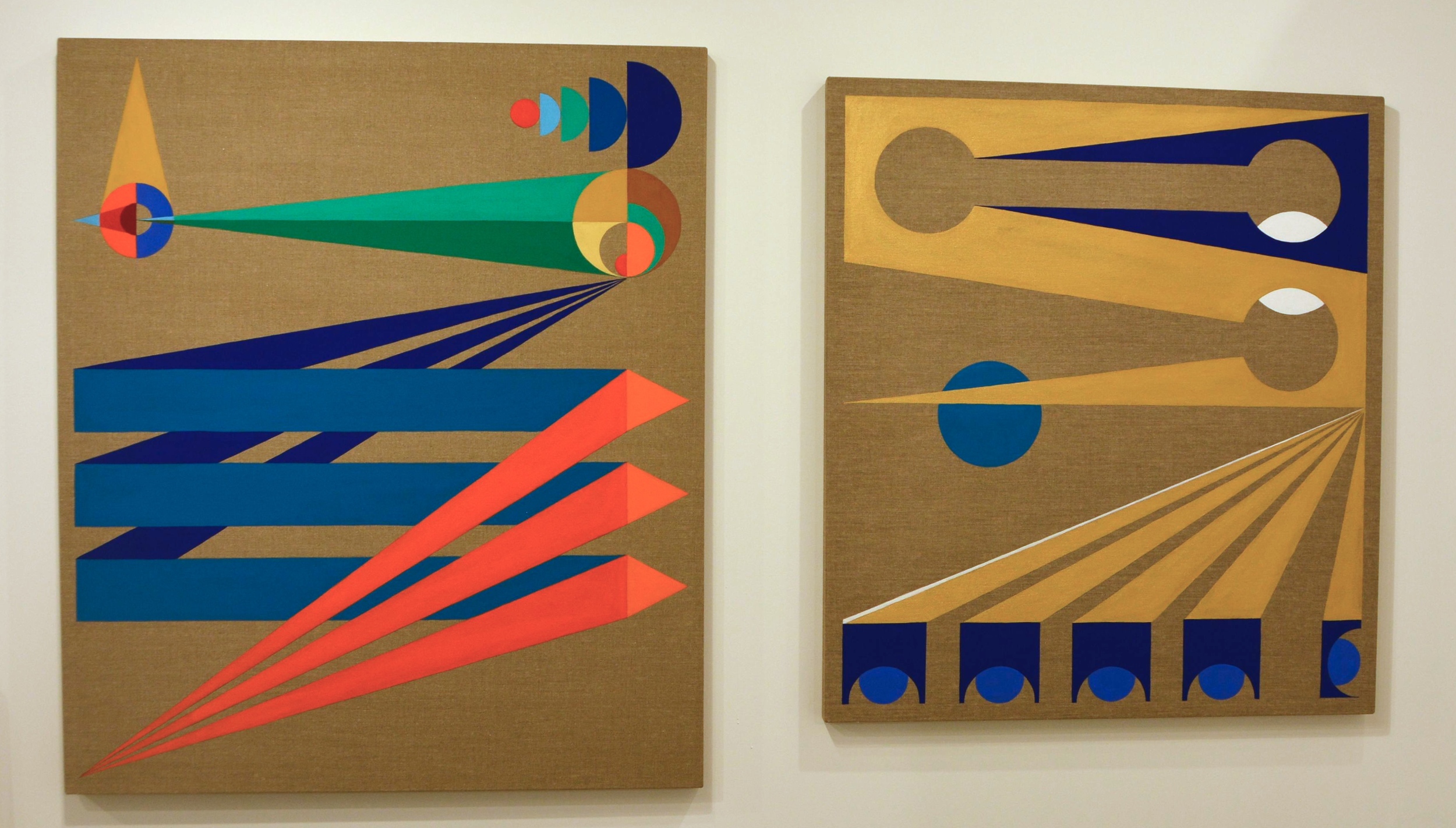
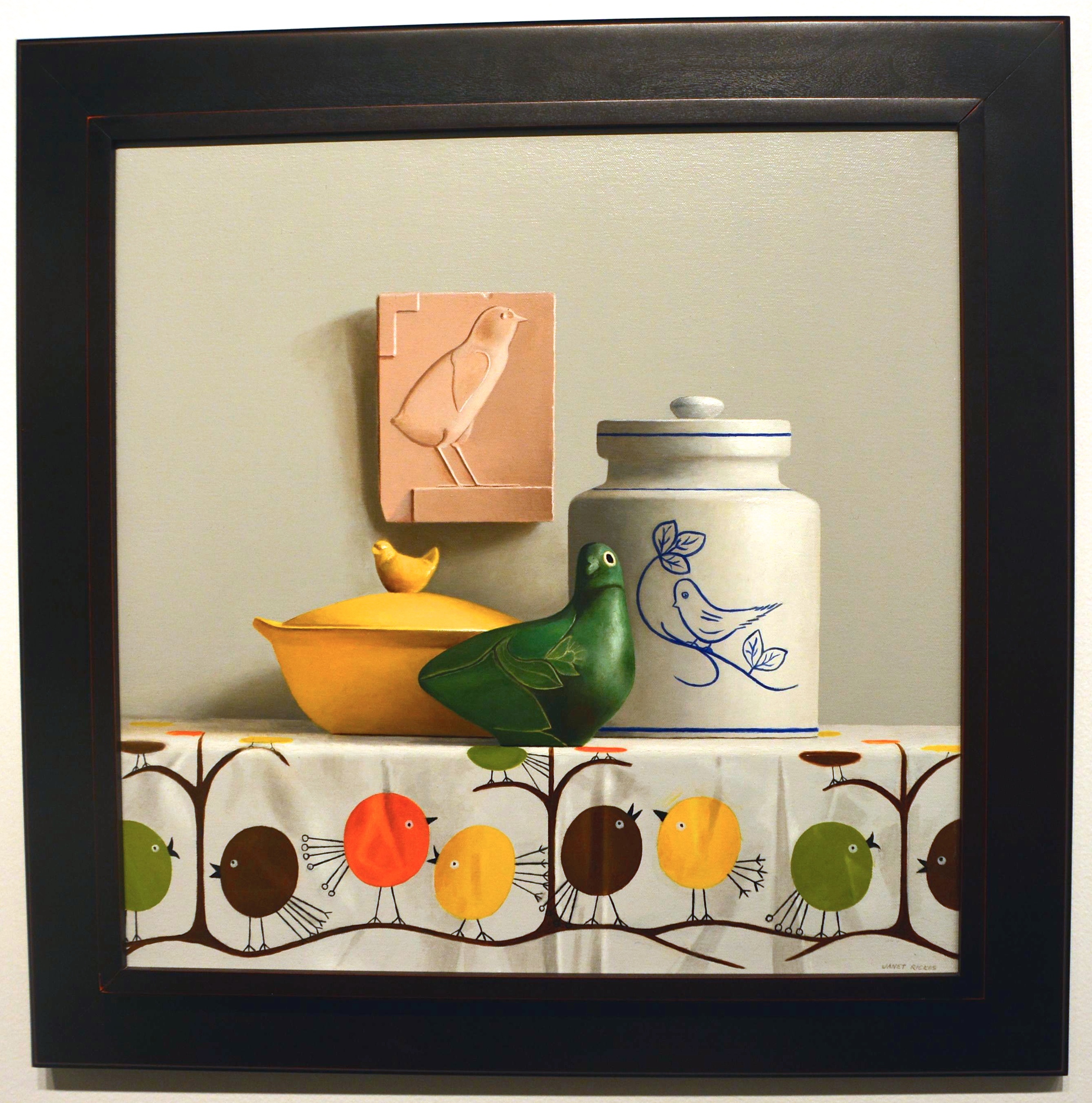 Here is “A Bird Painting” by Janet Rickus (American, b. 1949) of Gallery Henoch. Rickus paints realistic still life oil paintings, a lot of her work depicting fruit and vegetables in natural light.
Here is “A Bird Painting” by Janet Rickus (American, b. 1949) of Gallery Henoch. Rickus paints realistic still life oil paintings, a lot of her work depicting fruit and vegetables in natural light.